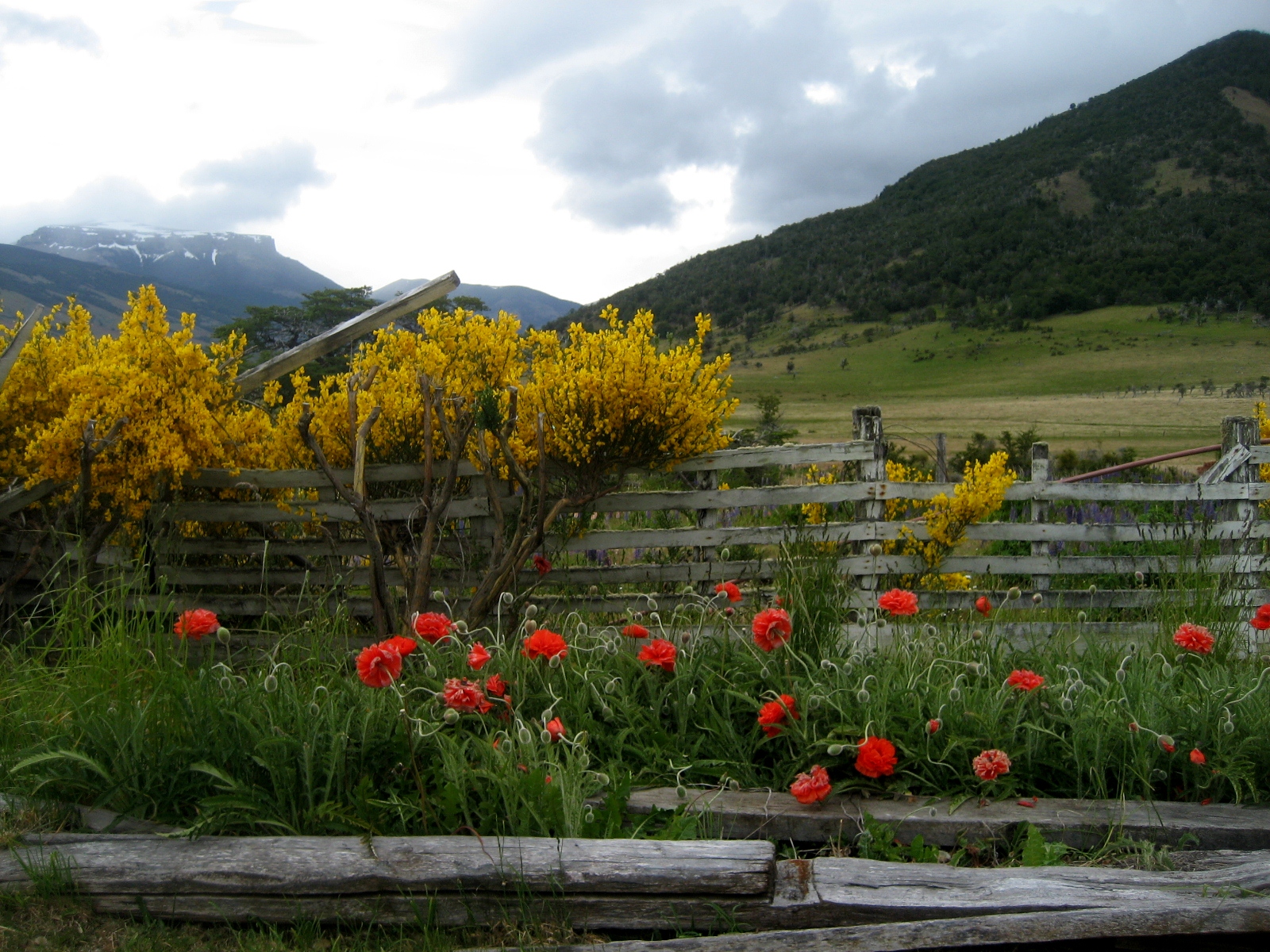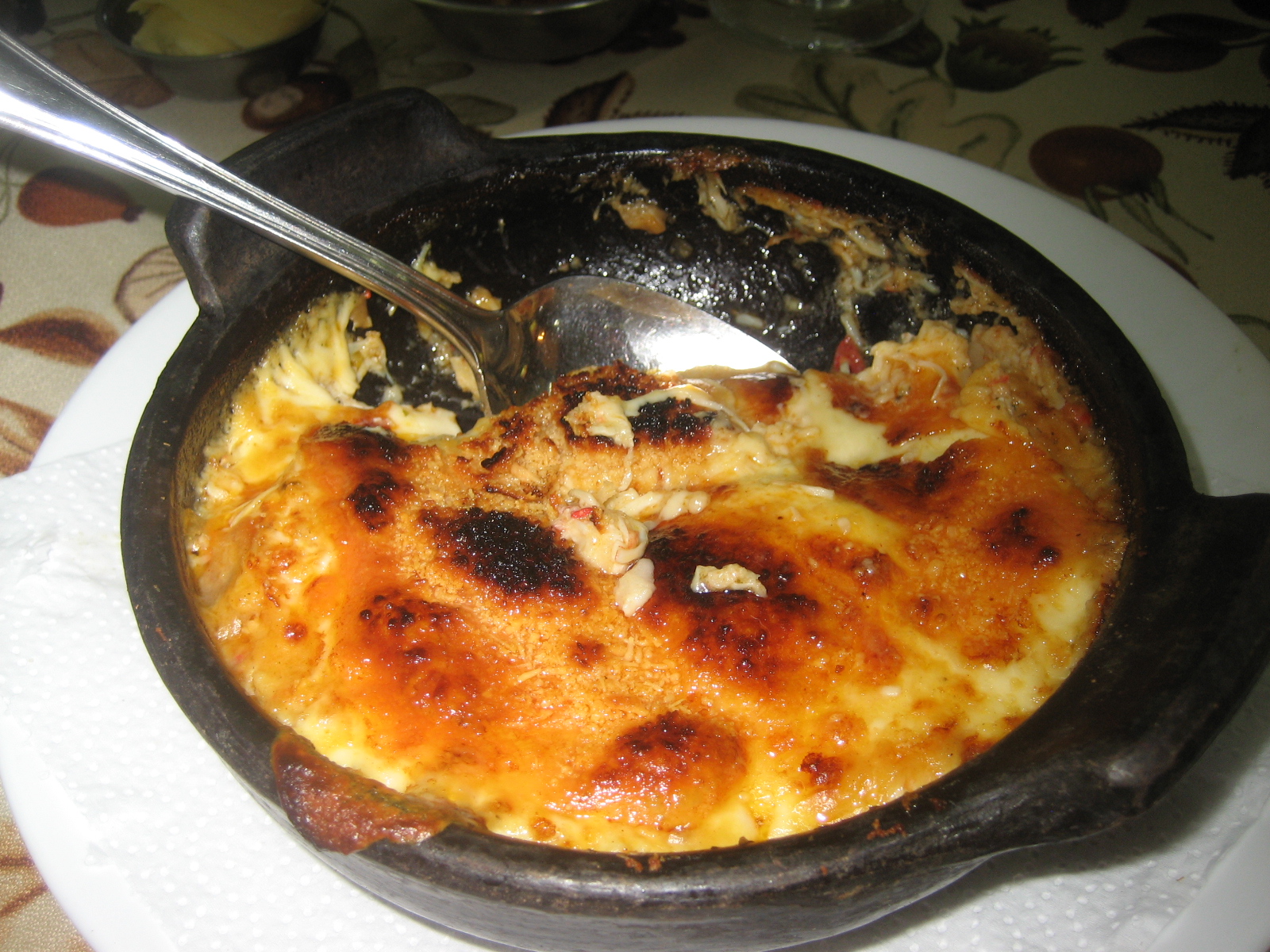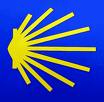(At the end of this post, see the series of posts written post-climb about this route!)
I am a few days away from leaving for Tanzania to climb Mt. Kilimanjaro, the rooftop of Africa. Eager anticipation and a modest level of anxiety are my constant companions these last few days before the trek… How fun will it be to finally see the mountain? Did I have the right pieces to deal with the extreme cold? Will my body cooperate? Will I summit? etc.
As I do a final review of the gear list, I am checking against the hike itinerary to be sure I am accounting for the right number of pieces given the varying climate zones we will encounter. Let me share with you what the climb of Mt. Kilimanjaro looks like. Mind you, this itinerary is based on going up the Machame Route (one of several routes available). The Machame Route is known to afford better altitude adjustment, offer better views, and typically have much less trekker traffic. All of these make it -ding, ding- a winner for me. Especially the better altitude adjustment since it increases the odds of summitting, something that is not assured even with a good fitness level since the lack of oxygen at high altitude can hit every person very differently.
Here is a view of the routes to climb Kilimanjaro to which you can refer as you read the day-by-day breakdown below.
Itinerary to climb Mt. Kilimanjaro via the Machame Route
Day 1 – Adrenaline day!! Start at the Machame Gate at 1,800m/6,000ft. Head up to Machame Camp at 3,100m/10,200ft. It should take anywhere between 5-7 hrs depending on the number and duration of stops along the way. We should be covering around 18km/11miles. The habitat will mainly be forest. I am praying that adrenaline will carry me through the mud or whatever we encounter on this part of the hike!
Day 2 – “I can’t believe I am here” day. Continuing the climb, we go to the Shira Camp at 3,840m/12,600ft. This day we go for 4-6 hrs covering about 9km/5.5miles. The habitat here is moorland. You may ask what “moorland” looks like (like I did). So here you go, courtesy of http://www.africaimagelibrary.com. The landscape looks surreal, doesn’t it?
Day 3– Reality check day!! We leave the Shira Camp and move into semi-desert habitat. We head to the Lava Tower at 4,630m/15,200ft but descend to 3.860m/12,700ft to camp overnight at the Barranco Camp at 3,860m/12,700ft. As you may notice and wonder (like I did), why if we go up do we go through the effort of going BACK DOWN??!!! Seems counter-intuitive but after hearing the explanation, it makes perfectly good sense: you want to climb high to force the body to exert itself at altitude but then climb down so you can sleep at lower altitude (which means more oxygen) to help the body adjust better. OK, maybe also just the lay of the route contributes to this approach. This is the type of factor that helps improve the odds of making it to the summit. This hike will take 5-7 hrs and cover about 15km/9miles.
Day 4 – “OK, how much worse can it be compared to yesterday” day. This day we cross Alpine desert to go up to the Karanga Camp at 4,200m/13,800ft. This day we go up, and stay up. But we are not camping at the maximum height reached the day before so we are still sleeping lower than our maximum exertion the day before. Total time climbing should be around 4-5 hrs covering about 7km/4miles.
Day 5 – The “are we there yet?” day. Continuing to climb without descending, this day we move to 4,600m/15,100ft going for 4-6 hrs and covering 6km/3.7miles which seems a cake walk compared to the prior days given the shorter climb and duration but I am sure it will be anything but (you will see why as you read day 6)! We will stay at the Barafu Camp this night.
Day 6 – The big day!! This day we actually wake up at midnight (midnight between day 5 and day 6 – which means little sleep which will make ilivetotravel a little cranky – if he can muster the energy for that!). Why do we barely sleep this night? So we can see sunrise at the summit!!! It will be a long hard night for most of us as you can imagine. My headlamp will absolutely be my second best friend after all the layers of clothing that will keep me warm. Uhuru Peak (the tallest peak on Mt. Kilimanjaro) sits pretty at 5,896m/19,340ft. It will take us 7-8 hrs to go 7km/4miles. Yes, twice longer than the same distance on Day 4. Why? Well, it will be slower going due to the altitude. Pole, pole (slowly, slowly in Swahili) will rule this day. There will be ice/snow towards the summit and I hope to see the glacier that, it is said, will be gone in 30 years or so at the current rate. Stone scree will also be present so our gaiters will play an important role in keeping stuff out of our boots.
On this same day, of course, we have to get off the summit. So on to 7-8 more hrs. of descent to the Mweka Camp at 3,100m/10,200ft to what it will feel like drowning in oxygen!
Day 7 – The happy day!!! OK, Day 6 will be a VERY HAPPY DAY for those of us who summit. But Day 7 is happy in other ways – we get to celebrate our climb and we get to shower!!! We climb down to the Mweka Gate which sits at 1,830m/6,000ft, walking down for 4 hrs and covering 10km/6miles through a forest habitat. A beer will never taste as good as the one I am planning to have that night at dinner!
Again, another view of the route (there were a few good ones so I couldn’t just use one…).
Climbing Kilimanjaro is not without risks
The key to a safe and successful climb is to be aware of what is ahead of you (literally and figuratively). Going slowly, staying hydrated all the way, minding where you are walking, and very important: listen to the lead guide and his aides. We are lucky to have a veteran of Everest, Kili and the rest of the Seven Summits (tallest peaks in every continent) which makes me feel much better. Able to detect altitude sickness early, knowing the landscape well, supportive leadership, etc. are very important traits in a lead guide and we have that in our lead guide, Luis Benitez, one of the leading high altitude mountaineers in the world. In addition, I have been on a prior trek with Trekking for Kids and everything is well thought through and planned. So Luis and TFK are what make me feel confident that I will have a safe and successful climb regardless of the highest point of my climb: at the summit or somewhere on the way there!
———————————————————————————————————————————–
I have added to this post the writeups for each day AFTER the climb so you can read more about each day! Also here is a post about the actual clothing I took to climb Kilimanjaro item by item with the corresponding explanations in case it helps you plan your own hike!
Day 2 – The Moorlands and Reaching the Shira Camp
Day 3 – A Lava Tower and then All Hail Broke Loose!
Day 4 – The Barranco Wall and Its Challenges








































































